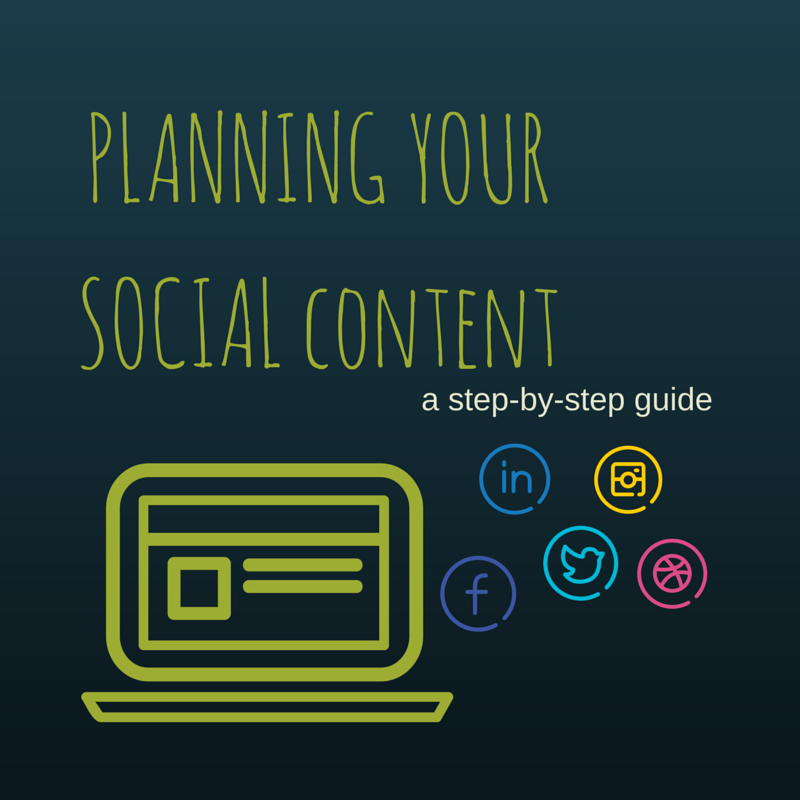I listen to a lot of podcasts and one I have listened to a lot lately is the podcast version of Gary Vaynerchuk's show called #AskGaryVee. As I listen to the intro music to his podcast, I can't help but think how well his music represents him.
If you don't know who Gary Vaynerchuk is, he's an entrepreneur who used social media so successfully to grow his wine business that he is now one of the leading experts on the use of social media in the business world. The thing about Gary is that he has a big personality. A HUGE personality. He's got a big ego, which he has no problems owning, he swears a lot and he disagrees with people a lot. So, as I was listening to the music that intros his show I noticed just how fitting it was for him: edgy and a bit aggressive. Take a listen here - the music starts 9 seconds in:
Here's another video, this time it's Marie Forleo. She's someone who I think of as fashionable, professional, fun and quirky. I think the music fits her, though not as amazingly on point as GaryVee's. Check out her intro music at 9 seconds in:
Here's one last one. Farideh is someone who teaches people about how to create launches for their programs. What's fun about her is that she is also a musician and I imagine recorded the music herself. Her music is the closest to what I picked for myself - lighthearted and fun. To me it speaks to being approachable and not being so "professional" that you're intimidating. Her music starts 14 seconds in:
Why is figuring out your music important?
There are two reasons I think figuring out the music that best represents you and/or your business is important:
1) Understand how you come across and how you want to come across
Having a clear idea about what you want people to think when they think of you can help you connect with your audience. When I get new photos done I come prepared with a list of words I want people to think when they see them. They include works like approachable, fun, easy to talk to - the same words I would use to pick music.
Spend a few minutes making a list of words you think fit you and how you want people to view you. If you're having a hard time thinking of what those words should be then you might want to think about what theme music you would pick for yourself - it's a different way of coming at the same topic.
2) Video
Video is becoming more and more important and you'll see a lot more content with regards to video over the coming months here on the blog. Video is a great way to connect with your audience and share information in short and fun to watch bites.
When you do use video, you'll want that theme music to set the tone and feeling to your content. It also adds an extra level of professionalism to your product, which is more and more expected in the online world.
Where do I start?
There are lots of great sites to find stock music. It's often not cheap (though I think the two times I bought music I spent under $10) but spending some time thinking about the music you would use could be a lot of fun. I like ukuleles in mine because they're so happy and fun :). One small tip is to look for a loopable clip so that you can buy something shorter.
Two sites to check out are istock.com and www.stockmusic.net/. There are also options for finding royalty free or indie bands who are happy to let you use their music.
Leave me a comment and let me know what your music would sound like, or even better - link to it!



















